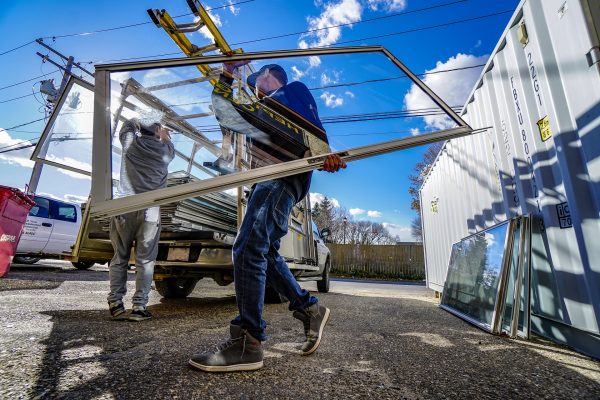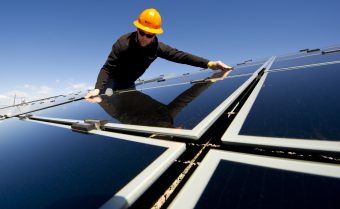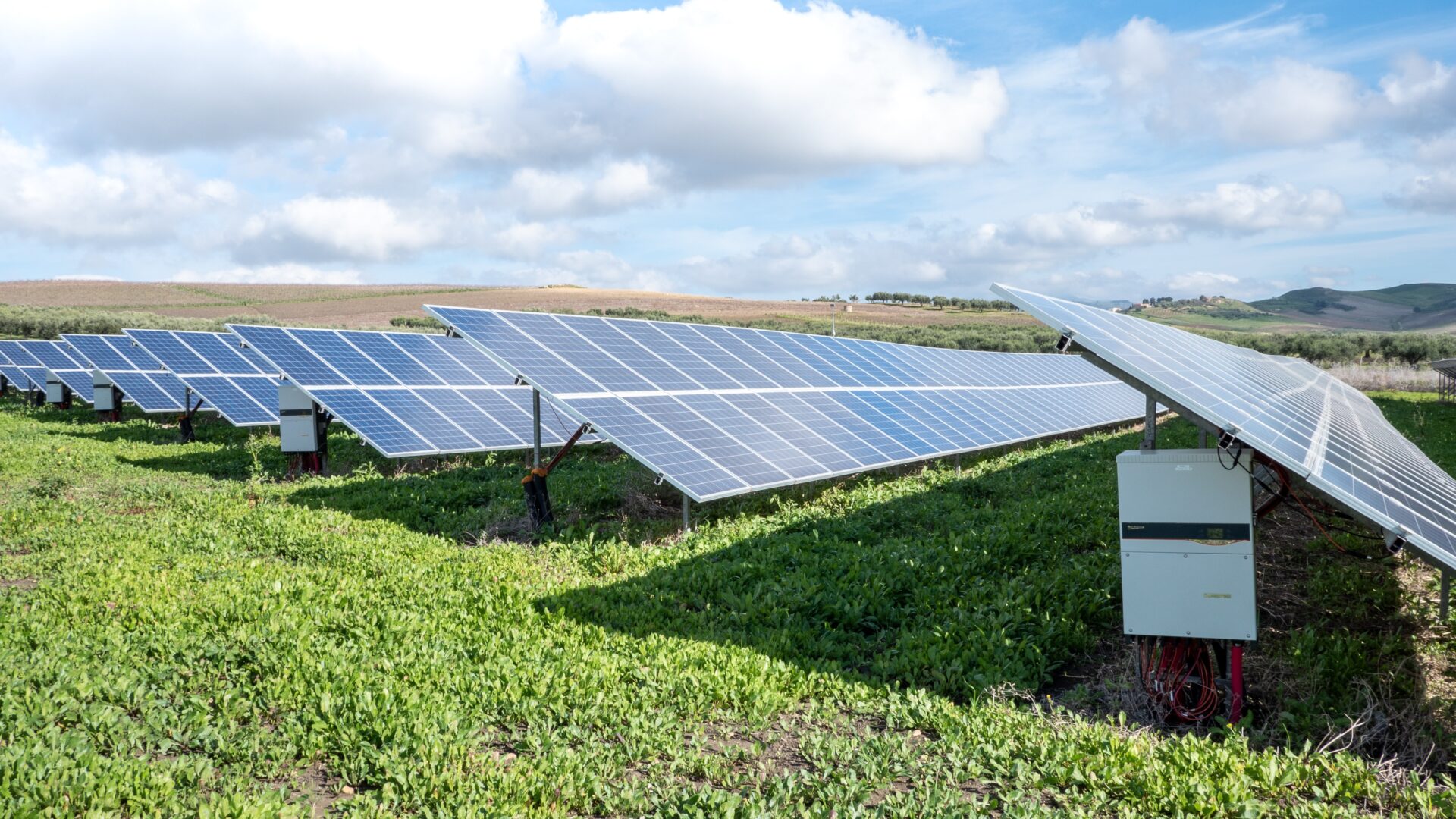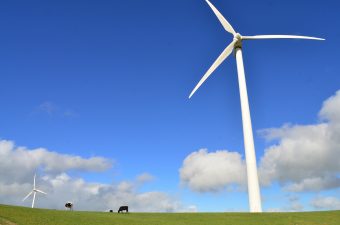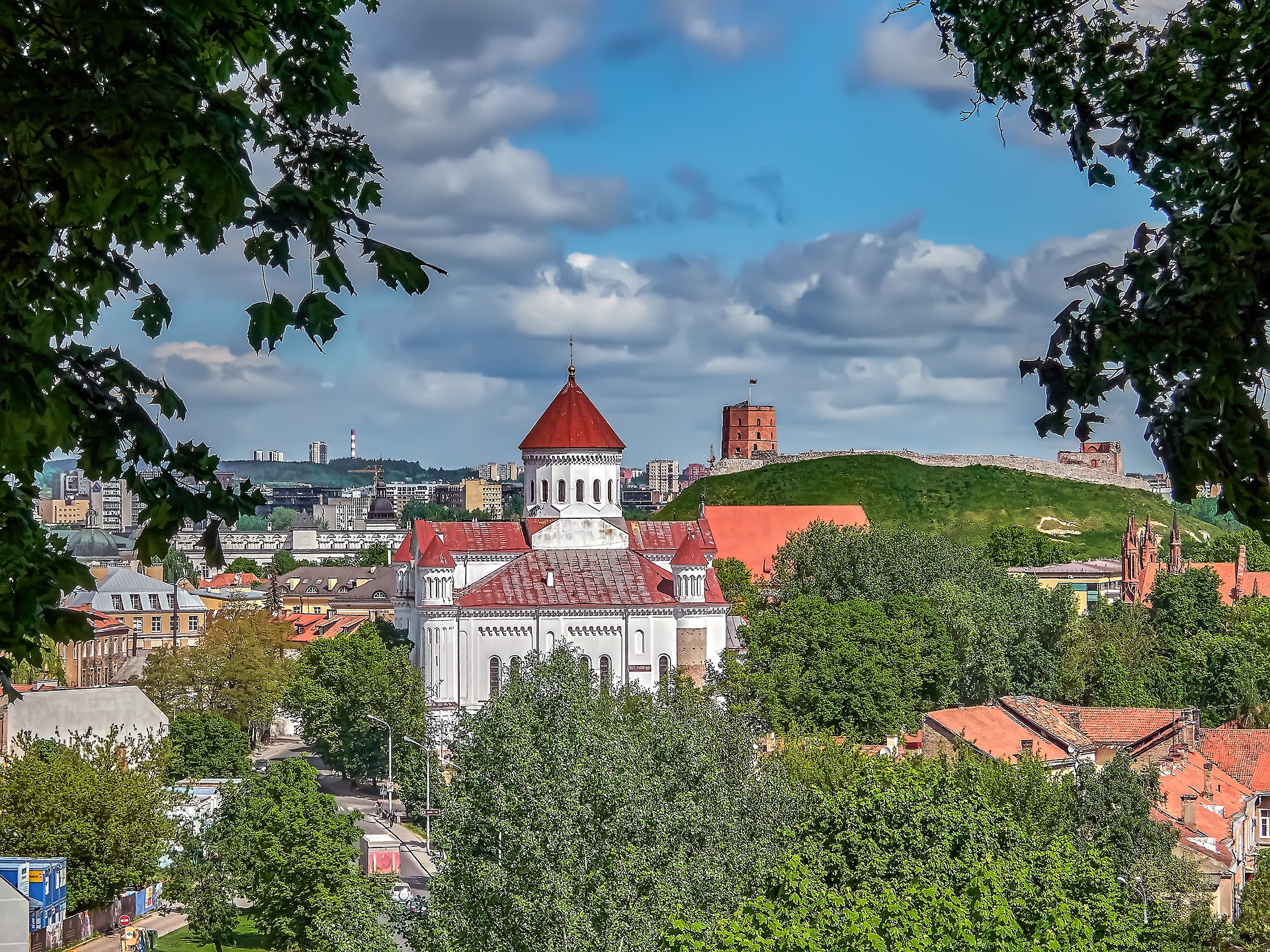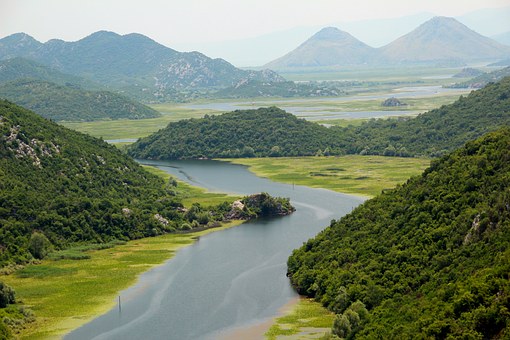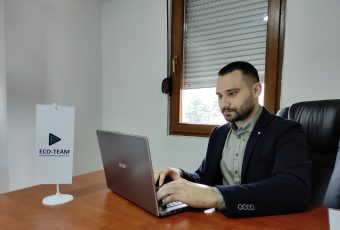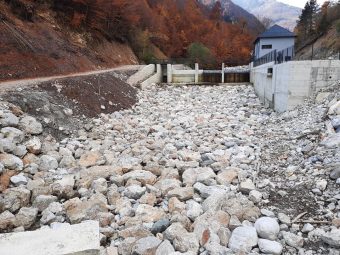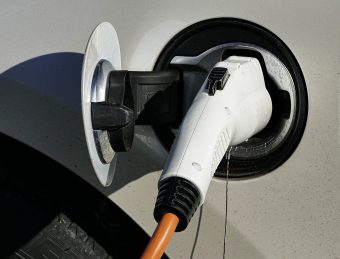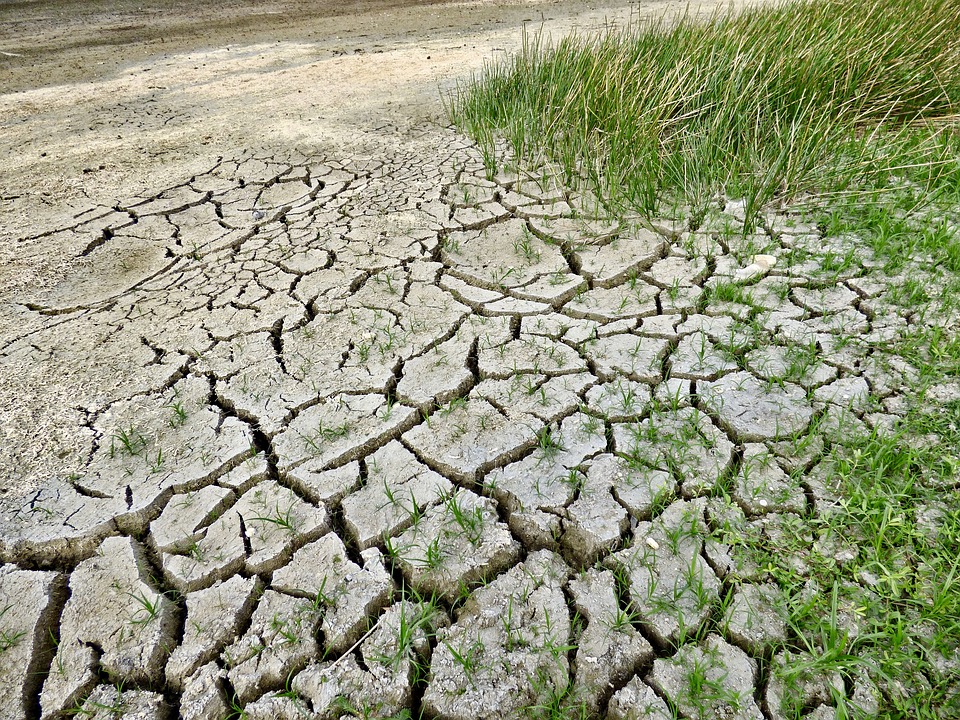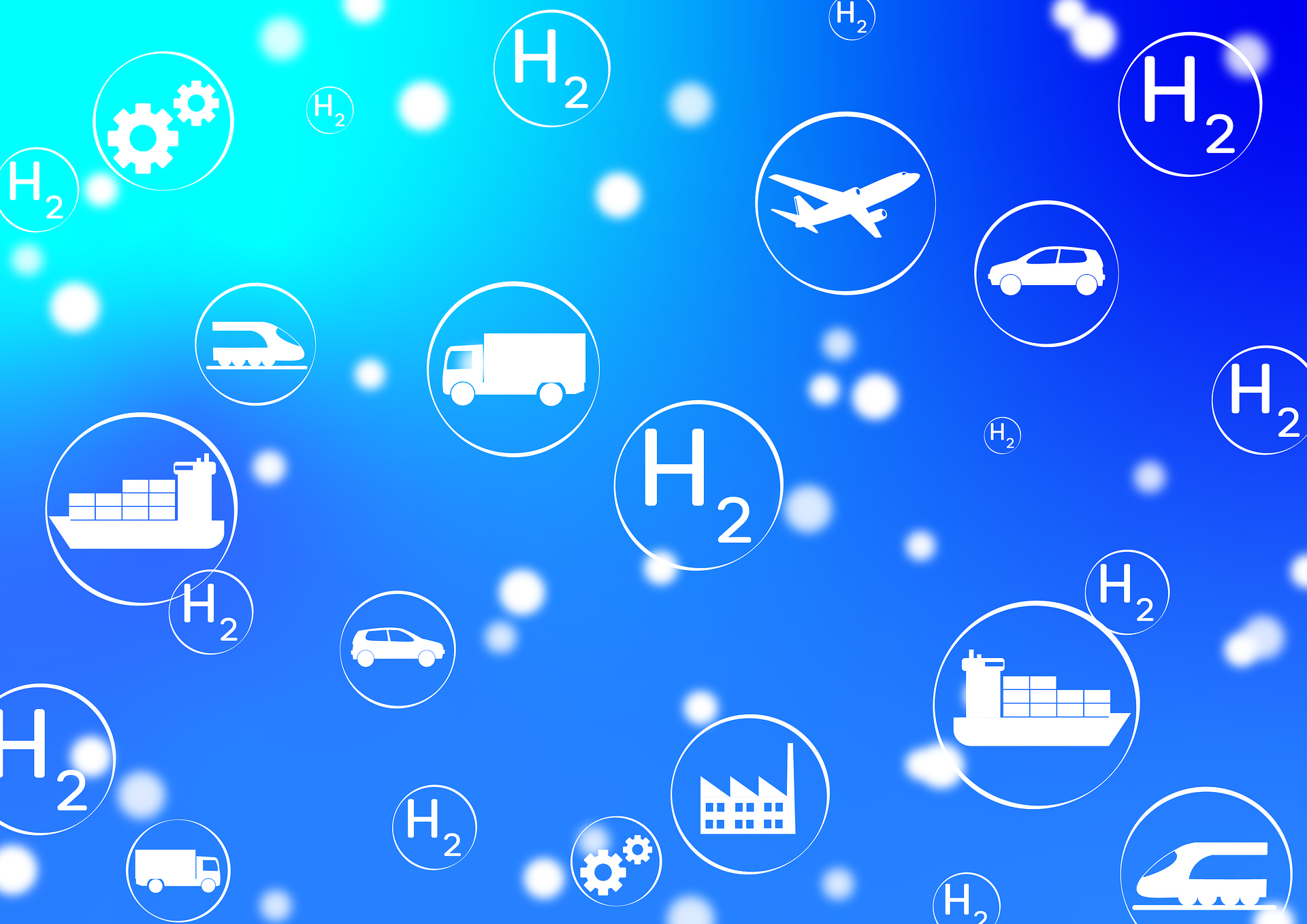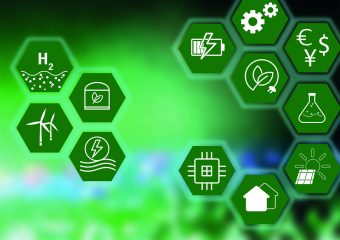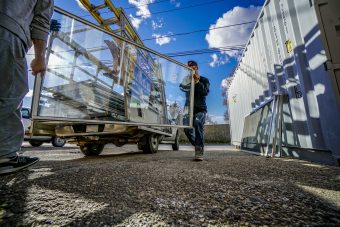
Households in Serbia are set to benefit from the further expansion of the Green Economy Financing Facility (GEFF) with a new EUR 5 million loan in local currency provided by the European Bank for Reconstruction and Development (EBRD) to ProCredit Bank.
The funds will be available to private borrowers for investments in energy saving measures such as insulation, windows, heat pumps, solar panels and other solutions. Once the measures are successfully installed, borrowers will be eligible for a grant of up to 20 percent of the loan amount, funded by the European Union (EU).
ProCredit Bank is the third bank in Serbia to join the GEFF programme, which provides funding for energy efficient investments that will help building a greener and more sustainable economy. The international ProCredit Group, headquartered in Frankfurt, is a development-oriented commercial bank and active in many of the economies where the EBRD invests.
The new financing is secured by the EUR 135 million GEFF programme for the Western Balkans, which is supported by the EU, the Western Balkans Investment Framework (WBIF) and the Austrian Federal Ministry of Finance, and is part of the Regional Energy Efficiency Programme (REEP) for the Western Balkans. The aim of the programme is to support the region, known for its high energy intensity, to improve energy efficiency in its residential sector, which is one of the biggest energy consumers.
More:
Matteo Colangeli, EBRD Regional Director, Head of Serbia, said: “We are pleased to welcome ProCredit Bank to our GEFF programme, which has already helped over 2,200 homeowners in Serbia to improve the energy efficiency of their homes. We hope that this new credit line will reach even more households, reducing their energy consumption and contributing to better air quality in their communities.”
“This latest contract with the EBRD is a big step forwards for us as it will bring new energy efficiency technologies closer to our clients,” added Igor Anić, Chairman of the Executive Board of ProCredit Bank. “For many years ProCredit Bank has been committed to financing energy efficient solutions, to which the best testimony is the amount of our currently active green portfolio, which exceeds EUR 150 million. We are confident that the GEFF credit line will further increase our green portfolio and improve the quality of life of our clients.”
To date, the GEFF in Serbia has reached more than 2,200 households and provided loans of more than EUR 7.6 million for individual projects, via partner financial institutions, that have contributed to savings exceeding 5,800 MWh of energy and a reduction of over 1,700 tonnes of CO2 emissions a year. The most frequently financed technologies are windows, doors, insulation and heat pumps.
Source: EBRD

